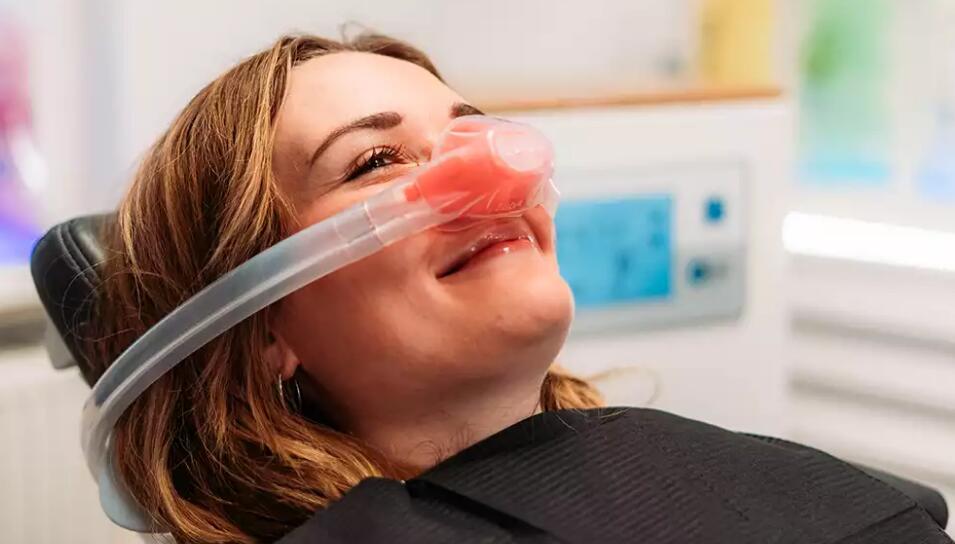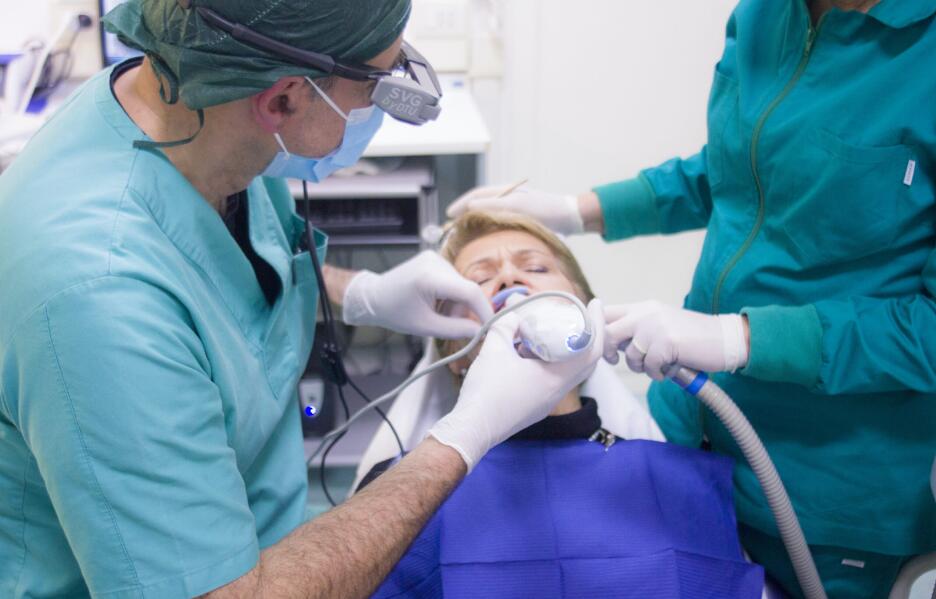
Where to buy Cream Chargers: A Comprehensive Guide
For most of us, whipped cream desserts fall somewhere between a daily necessity and a daily pleasure. And if you are reading this, then you
Laughing gas, also known as nitrous oxide, while primarily used for medical purposes, has gained popularity as a recreational substance. This rise in fame is due to its mind-altering and euphoric side effects. So, how does one get high on laughing gas?
Inhaling laughing gas brings the high. The feelings often derived from inhaling this compound include excitement, floatation, and a rush of euphoria. It is important to note that the effect of laughing gas is transient. Also, inhaling laughing gas directly from a cartridge often causes frost burn in sensitive throat tissue, so inhaling from a container like a balloon is best.
But what exactly is laughing gas? How does this gas work? What are the risks and precautions of getting high on laughing gas? How can one safely administer this gas? Keep reading as we provide you answers to these questions and other important information about laughing gas.
Nitrous Oxide is a chemical compound that contains Nitrogen and oxygen. It is sweet-smelling, non-inflammable, colorless, and has the chemical formula (N2O). Laughing gas is its colloquial name coined by Humphrey Davy due to its ability to produce euphoric effects when inhaled. Nitrous Oxide is the third most important greenhouse gas, contributing substantially to global warming.
Discovered in 1793 by Joseph Priestly, an English Scientist, this compound has been around for a long time. It has applications in several industries, including food manufacturing, which serves as a propellant for whipped cream, and automobile manufacturing, which improves internal combustion engine performance. Asides from its use in automobiles, this gas is also used as an oxidizer in rocket propellants due to its higher performance, stability, and lower toxicity.
Nitrous oxide became a part of the medical field in 1844 with its use in pain management during dental work and minor surgical procedures. It reduces discomfort while providing a sense of relaxation when administered using the ideal doses. It also helps in treating people experiencing the negative effects of alcohol withdrawal. With these medical attributes, laughing gas is on the world health organization’s list of essential medicines.

When inhaled into the lungs, laughing gas enters the bloodstream and moves to the brain, affecting the central nervous system. In the central nervous system, this compound inhibits some neurotransmitters, thus altering mood and perception. It also triggers the release of dopamine molecules within the body. Dopamine is a neurotransmitter that plays a major role in the body’s reward system.
Laughing gas helps alleviate anxiety while acting as pain relief. It gives a feeling of relaxation, calmness, and euphoria. Laughter fits, giggles, hallucinations, and sound distortions are other effects of this compound.
The intensity of experience derived from inhaling laughing gas differs by individual, although often lasting for a few minutes (short-lived). The difference in experience is down to individual sensitivity to the compound, body size, and dosage inhaled.
Additionally, due to the short and fleeting duration of action, people find the need to re-dose. This usually results in overdosing and other negative effects.
Laughing gas is easy to administer as it does not require injections or needles. The administration often occurs through a mask, which allows direct absorption of the compound through the lungs. In other words, one only needs to breathe normally for the effects of laughing gas to kick in.

Dentists often use this compound as an anesthetic for pediatric patients as it helps relieve anxiety while fostering relaxation and cooperation. Dental professionals also use it on patients with low pain tolerance and the mentally or physically disabled, as it makes carrying out dental procedures easier. Asides from dentists, other medical professionals also use nitrous oxide as a sedative during minor or major surgeries due to its pain management property.
When taking laughing gas recreationally, avoiding inhaling directly from the cartridge or canister is best. There are two major reasons for this: the first is that inhaling directly exposes one to frost burn and other health conditions. Secondly, there is a greater tendency to inhale at a higher concentration, which exposes one to avoidable health risks. So, instead of inhaling directly, it is best to transfer the gas from its canister to another container, preferably a balloon, and inhale from there.

There are risks associated with getting high on laughing gas. However, below are some tips for mitigating these risks while using the experience most.
It is best to start taking laughing gas from small dosages. This way, it becomes easy for you to gauge your response and sensitivity to the compound. It is advisable to avoid consuming large amounts of laughing gas, as the higher the quantity consumed, the higher the risk of exposure to adverse effects. Also, use laughing gas occasionally with moderation and caution rather than habitually. The reason is that habitual usage often results in addiction and health deterioration.
Since paranoia is one of the side effects of this compound, we cannot overstate the importance of a positive and comfortable environment. This is why when inhaling laughing gas for recreational purposes, it is best to do so in the company of friends you trust and in an environment that promotes relaxation. Besides, avoid taking this substance in an environment, public space, or hazardous location that would expose you to accidents.
It is important to note that there are laws regarding laughing gas. In some countries or regions, buying and selling this substance for recreational use is perfectly legal, while not in some. For instance, selling laughing gas purely for its psychoactive effects in the UK is illegal.
So, before purchasing this compound, get familiar with its legal status in your country, state, or region. Remember that being legal does not translate to being legal for use as a recreational substance. So It is important to check its legality for use as a recreational substance.
Inhale laughing gas through a whipped cream dispenser or a balloon, and avoid doing so directly from its canister. Take breaks between balloons, usually at least five minutes, so you do not become oxygen-deprived. Furthermore, the higher the concentration of laughing gas inhaled, the higher the time between balloons.
Use laughing gas in an area with proper ventilation. Also, since this compound is psychoactive, consuming it while sitting down is best to avoid falling and hurting yourself. Additionally, avoid engaging in activities that require full attention and alertness while under the effect of this compound to prevent accidents.
Take Vitamin B12 supplements one day after inhaling the laughing gas. The reason is that consuming Nitrous oxide breaks down vitamin B12 in the body, resulting in a deficiency of this vitamin. This continual damage could result in painful long-term nerve damage if left unchecked.
Before inhaling laughing gas, it is important you know the risks involved. These risks could be dosage or side-effects inclined. With the knowledge of these risks, it would become easier for you to take precautions and protect yourself when inhaling this compound recreationally. Below are some risks associated with inhaling laughing gas;
There are both short and long-term effects of inhaling laughing gas. The short-term effects include lightheadedness, dizziness, euphoria, uncontrollable fits of laughter and giggles, as well as an altered perception. Some individuals may also experience headaches, numbness, increased sleepiness, shivering, nausea, and excessive sweating. Other effects include; wheezing, choking, gasping for air, arm pain, chest pain, difficulty speaking, muscle weakness, seizures, irritation of eyes, nose, and throat, and inability to stay awake.
The long-term effects of inhaling this compound include damaging memory and cognitive functions and Vitamin B12 deficiency. Other long-term side effects include; limb spasms, ringing in the ear, depression, incontinence, psychosis, weakening of the immune system, and numbness in hands and feet.
Like most psychoactive substances, there is a risk of addiction when consuming laughing gas. Regularly consuming this compound could result in cravings as well as physiological dependence. It could also result in total disregard of dosage recommendations in pursuing a ‘high’, thus exposing one to health risks.
Not everybody should take laughing gas recreationally. This is particularly true for individuals with certain medical conditions, such as heart or respiratory conditions. Also, people predisposed to low blood pressure, fainting, heart attack, anemia, and hypoxia should avoid taking this compound. The reason is that it could aggravate their health.

Nitrous oxide, also known as laughing gas, primarily functions as a pain management substance during medical and dental procedures. However, its euphoric effect after consumption has captured the interest of many people seeking a singular and mind-altering experience.
Although momentary exhilaration and changed perception may be experienced from its recreational usage, it’s crucial to approach it carefully and be aware of the risks involved. People can reduce danger and have a safer time with laughing gas by adhering to safety precautions, recognizing adequate quantities, and being aware of any potential negative effects.
Is laughing gas illegal?
The legality of laughing gas depends on the country, state, or region. Some states consider it subject to specific restrictions as it is used for medical purposes only. This makes it illegal for use in recreation. While in some other states or regions, using it for whatever purpose is legal.
Can laughing gas be addictive?
Laughing gas can be either addictive or not. It is not addictive because while it makes one high, it does not elicit compulsive behavior seen with other recreational drugs like cocaine and marijuana. Why? The reason is that nitrous oxide blocks the effect of Amphetamine, infamous for causing overdoses and addictions.
However, since one gets desensitized after using this drug for a long time and often needs to consume more of the drug to achieve the same high intensity, it is addictive.
Can I purchase laughing gas for recreational use?
Being able to purchase laughing gas for recreational use is often a function of your location. For instance, in some states in the US, it is not illegal, while some other states have laws that state who can use this substance. However, in most places, it is illegal, an act prohibited by law, and often attracts a punishment of a two-year incarceration period.
Can laughing gas be dangerous?
Laughing gas can be dangerous due to its long and short-term side effects ranging from headaches and nausea to vomiting and dizziness. It could also cause excessive sweating, hallucinations, numbness, shivering, and fatigue. It could also cause oxygen deprivation, which can be life-threatening, especially in places with poor ventilation. These effects are often due to inhaling laughing gas too fast or in large amounts. Long-term side effects of nitrous oxide include motor disorder, impaired attentiveness, and nerve damage.
What should I do if I suspect someone has a problem with laughing gas?
Getting emergency help immediately is the best line of action when someone has a problem with laughing gas. This is because time is essential, especially when the brain lacks oxygen. However, while awaiting the arrival of emergency help, here are a few things you can do to help;
Ventilate the area, so the person can get as much oxygen as possible and keep the person conscious. Also, encourage them to take deep, deep breaths of fresh air. Ensure you keep them upright to avoid choking on vomit and prevent them from eating or drinking anything.

For most of us, whipped cream desserts fall somewhere between a daily necessity and a daily pleasure. And if you are reading this, then you

Image sourced from m.indiamart.com At StarWhip, we understand the importance of fast and efficient whipped cream charger delivery. That’s why we’re excited to introduce our

In today’s digital age, online shopping has become a staple for many. From clothes to electronics, almost everything is available at the click of a

Laughing gas, scientifically known as nitrous oxide (N2O), has various applications ranging from medical to culinary. Whether you’re a dentist looking for sedation options, a

In recent times, there has been a significant buzz around the age requirement for purchasing whipped cream chargers, especially in New York. The question arises

Whipped cream chargers have revolutionized the culinary world, making it easier than ever to create fluffy, delicious whipped cream in seconds. But a common question